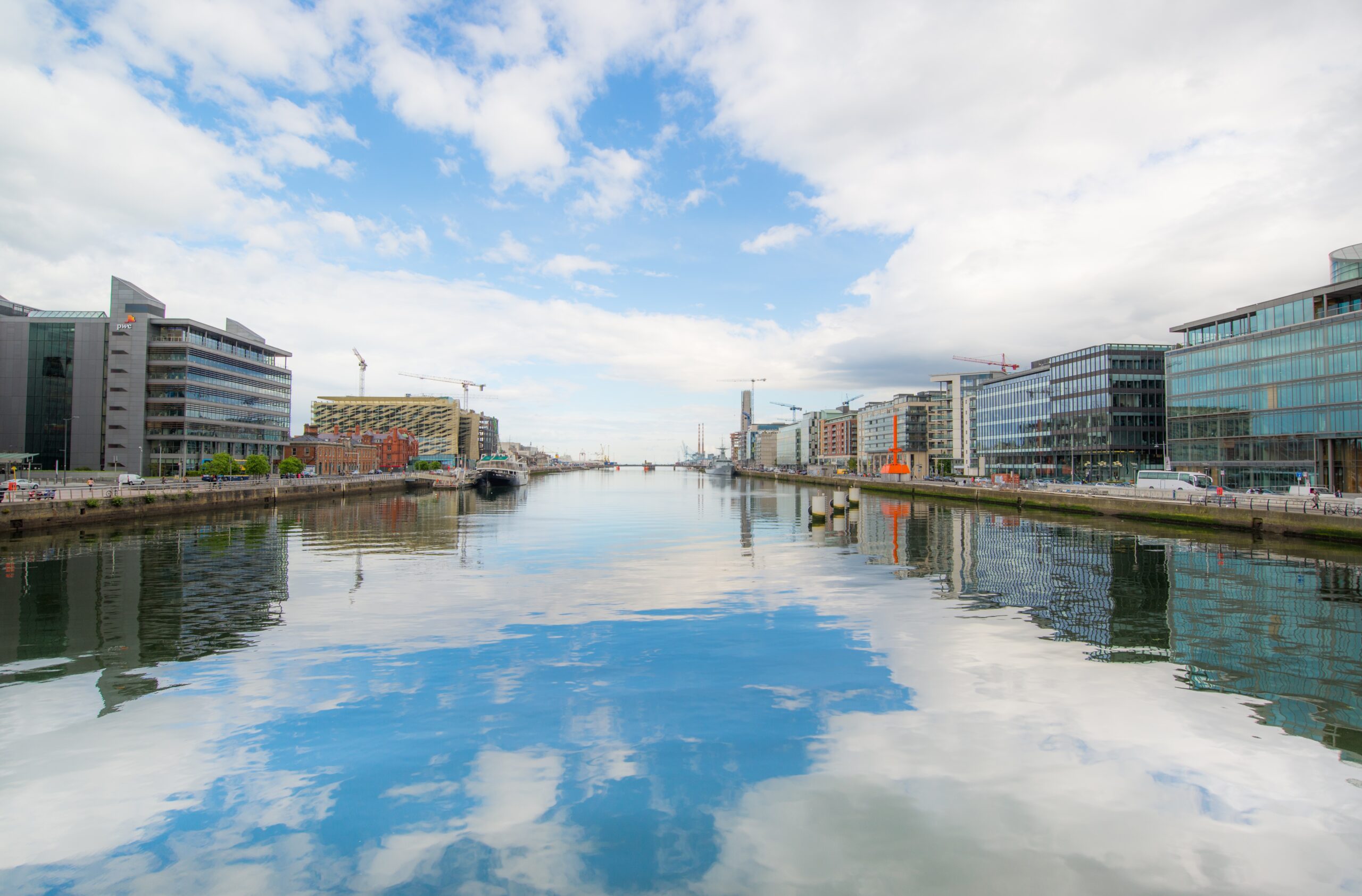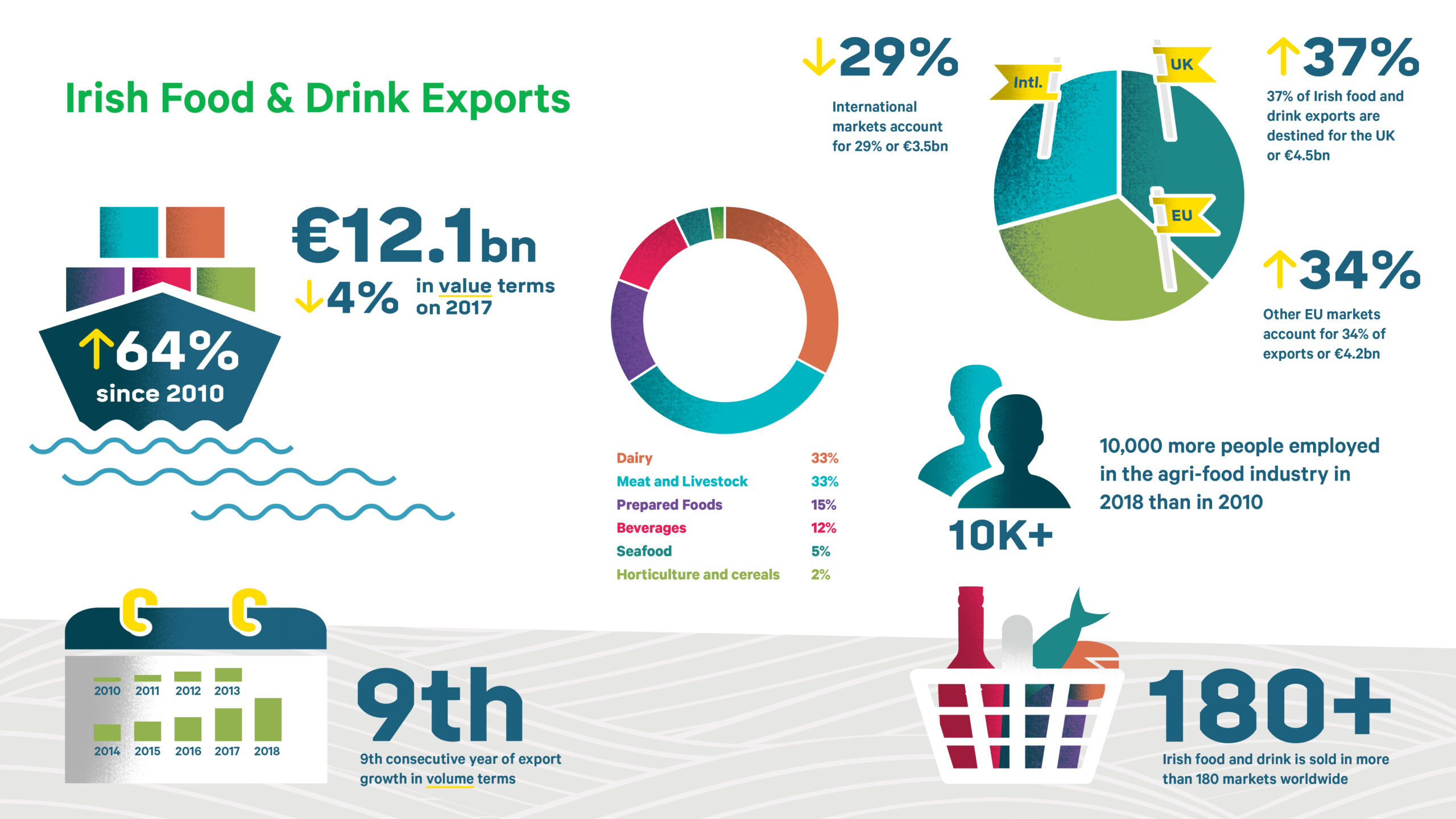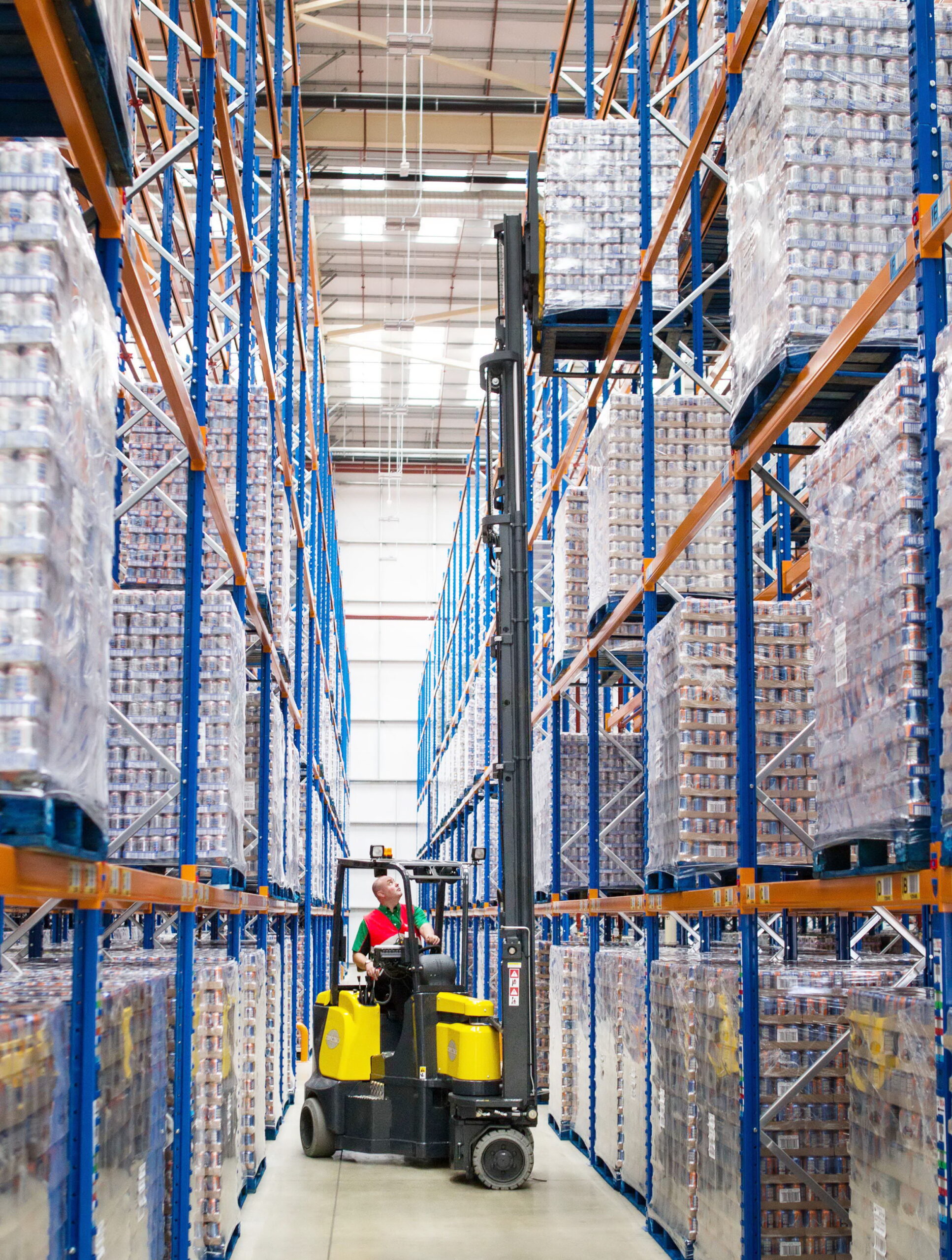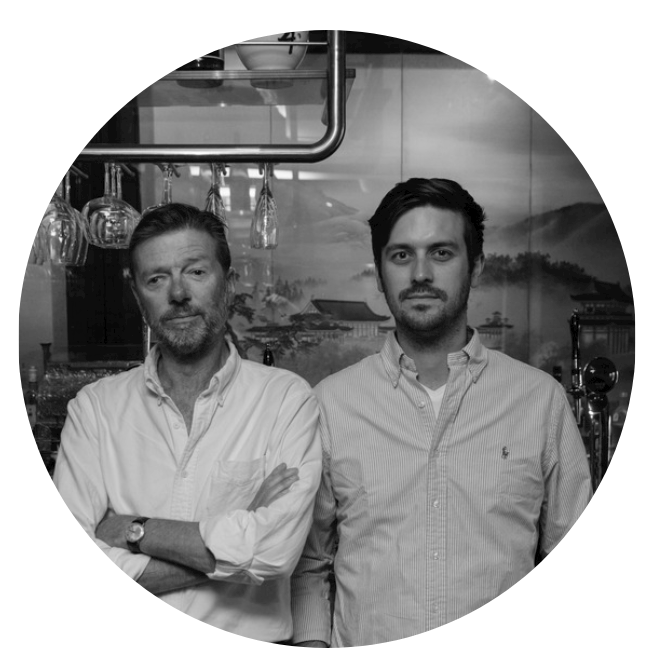
Just two decades ago patients undergoing medical procedures would face a long recovery period fraught with potential complications, associated pain, and a lengthy hospital stay. The medtech industry emerged from the union of medicine and technology and is a driving force of change and innovation. Healthcare has drastically transformed and evolved since the turn of the century, with modern medical procedures incurring minimal complications, and previously risky operations are now routine outpatient surgeries.
Switzerland has grown to become an established global leader providing healthcare solutions and nurturing an active cluster of medical technology, pharmaceutical, biotechnology, and diagnostic industries. The vast network of manufacturers, suppliers, research and training institutions, service providers, and investors collaborate in solving worldwide healthcare challenges.
First-class research facilities, cross-sector knowledge transfer, and a developed healthcare system make Switzerland an extremely attractive location for the medtech sector. According to the Swiss Medtech Association, 1,400 companies within the industry represent USD 15.8 billion in revenue and contribute 2.3 percent of Switzerland’s GDP. The sector has the highest contribution to GDP in Switzerland relative to any other country in the world, establishing Switzerland as one of the most critical locations for the global medtech industry. While well-known global mammoths, including Roche Diagnostics, Straumann, and Sonova, play a core role, more importantly, they compete constructively alongside a swarm of agile small and medium enterprises that represent 93 percent of companies in the sector.

According to Francesco Siccardi, CEO of international orthopedics company Medacta, “Switzerland has a vibrant and competitive ecosystem. The active network collaborates closely in the development of innovative solutions. However, only companies that deliver value-added products survive.” Speaking of innovations within Swiss medtech, Siccardi stressed, “For generations, global healthcare treated patients identically, thereby unnecessarily leading to systemic over-treatment and under-treatment. The next generation of treatments will deliver highly personalized medicine solutions, improving patient experiences and creating added-value surrounding the procedures.” He emphasized Swiss values and how his own company’s culture intuitively seeks to identify problems and turn them into opportunities that can improve patient outcomes while simultaneously boosting the overall healthcare system’s sustainability.
Medacta, based in Ticino, specializes in the design and production of innovative orthopedic products and the development of accompanying surgical techniques. Medacta’s solutions create highly personalized preoperative planning and implant placement methodologies, including personalized kinematic models and 3D-planning tools for use in hip, knee, shoulder, and spine procedures. Their pioneering techniques, such as the Anterior Minimally Invasive Surgery (AMIS) technique for hip replacement, not only reduces surgical skin incisions but preserves the nerves, muscles, and tendons surrounding joints. The AMIS technique reduces commonly associated risks of the traditional approach and promotes swift recovery by respecting tissue. According to Siccardi, it represents a teachable and reproducible technique that can improve patient well-being while optimizing costs and efficiency for the surgeon. Siccardi was gratified when another one of Medacta’s pioneering developments, the MIS MySpine Midline Cortical platform allowing posterior lumbar fusion to be carried out in minimally invasive and muscle-sparing spine surgery, was recognized in 2019 as the “Best Healthcare Navigation and Robotics Solution” by industry organization MedTech Breakthrough.
Swiss medtech companies offering value-added solutions, such as Medacta, have an added advantage being Swiss-based. The Swiss stock exchange represents nearly 40 percent of European life sciences market capitalization in Europe. Therefore, companies can efficiently raise capital in Europe’s leading exchange in life sciences. Medacta’s yearly sales surpassed EUR 310 million within two decades, and the company continues to grow its global presence rapidly. In 2019, Medacta successfully issued its IPO and used it to raise funds while increasing its global awareness and visibility.
“Switzerland has a vibrant and competitive ecosystem. The active network collaborates closely in the development of innovative solutions.”
Francesco Siccardi, CEO, Medacta
Medacta has a new USD 2.5 million North American headquarters in Franklin, Tennessee, housing the total joint (hip, knee, and shoulder), spine, and sports medicine units serving the local market. As Medacta’s philosophy is based on the belief that “innovation requires education,” the company organizes hundreds of surgical learning center courses to teach and support the adoption of innovation around the world.
Siccardi is confident about the Swiss medtech sector’s potential, and for good reason. According to the Medtech Association, the sector has grown 6 percent annually since 2012, faster than any other Swiss industry, and even the national GDP. Switzerland’s medtech industry exports USD 11.3 billion and contributes 13.5 percent to the national trade surplus. The largest export markets are the USA and Germany, representing USD 3 billion and USD 2.2 billion respectively. The future looks bright for Swiss medtech, and patients are positioned to benefit the most.
Swiss medtech innovations quietly revolutionized treatment outcomes, and continue to offer innovative solutions in the global healthcare industry. As current patients prepare for medical procedures, modern practices are set to improve their patient experience.

























